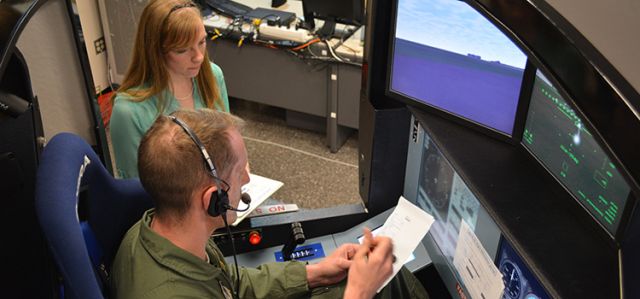Targeting Residential Energy Assistance
Document Type
Conference Paper
Publication Date
7-2007
Publication Source
Proceedings of the ASME 2007 Energy Sustainability Conference
Abstract
This paper describes a four-step method to analyze the utility bills and weather data from multiple residences to target buildings for specific energy conservation retrofits. The method is also useful for focusing energy assessments on the most promising opportunities. The first step of the method is to create a three-parameter changepoint regression model of energy use versus weather for each building and fuel type. The three model parameters represent weather independent energy use, the building heating or cooling coefficient and the building balance-point temperature. The second step is to drive the models using typical TMY2 weather data to determine Normalized Annual Consumption (NAC) for each fuel type. The third step is to create a sliding NAC with each set of 12 sequential months of utility data. The final step is to benchmark the NACs and coefficients of multiple buildings to identify average, best and worst energy performers, and how the performance of each building has changed over time.
The method identifies billing errors, normalizes energy use for changing weather, prioritizes sites for specific energy-efficiency retrofits and tracks weather-normalized changes in energy use. The principle differences between this method and previously defined ones are that this method seeks to use inverse modeling proactively to identify energy saving opportunities rather than retroactively to measure energy savings, it tracks changes in building performance using sliding analysis, and it uses comparisons between multiple buildings to extract additional information.
This paper describes the method, then demonstrates the method through a case study of about 300 low-income residences. After applying the method, targeted buildings were visited to determine the accuracy of the method at identifying energy efficiency opportunities. The case study shows that over 80% of the targeted buildings presented at least one of the expected problems from each type of retrofit.
Inclusive pages
489-495
ISBN/ISSN
0-7918-4797-7
Copyright
Copyright © 2007, American Society of Mechanical Engineers
Publisher
American Society of Mechanical Engineers
Place of Publication
Long Beach, CA
eCommons Citation
Raffio, Gregory; Isambert, Ovelio; Mertz, George; Schreier, Charlie; and Kissock, J. Kelly, "Targeting Residential Energy Assistance" (2007). Mechanical and Aerospace Engineering Faculty Publications. 142.
https://ecommons.udayton.edu/mee_fac_pub/142
COinS



